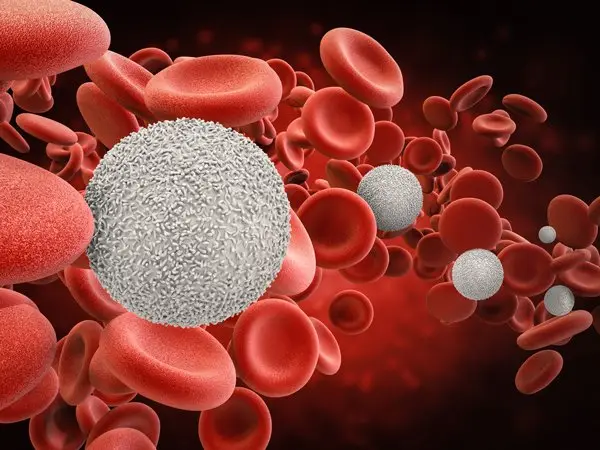 Autoimmune Disease Is Becoming More Common
Autoimmune Disease Is Becoming More Common
Rheumatoid arthritis, Hashimoto’s thyroiditis, psoriasis, systemic lupus erythematosis, multiple sclerosis, Type I Diabetes, and celiac disease: What do all these diseases have in common? They all involve the body’s immune system attacking the body itself rather than foreign invaders. The term for this is “autoimmunity”.
What Is Autoimmunity?
Autoimmunity and autoimmune disease are common and are becoming ever more common. And if you have one autoimmune disorder, you are more likely to develop another autoimmune disorder on top of the first one.
It is estimated that the incidence of autoimmune illness in the US is between 3 and 11%. Some people put that number even higher if you include other diseases where the cause may include autoimmunity.
The immune system is highly complex, intricate and usually well-balanced. It knows what to attack and what to leave alone. Scientists are trying to figure out how it distinguishes self from other. When it gets confused, it attacks self, and that is what autoimmunity is. At this point, it is not completely clear what causes autoimmunity, but we have some suspects.
A recent new study shows that autoimmune diseases are on the rise. It is not exactly clear why, but environmental toxins are highly suspected as a major contributor. Specific chemicals being implicated include PFOA (also called C8), fluoride, perchlorate, mercury, lead, and other metals.
If you test tissue of anyone, you will find at least trace amounts of all these substances. In addition to that, our world produces over 1,000 new chemicals per year that our bodies have never before seen or been exposed to. This means that whenever these chemicals come into our bodies, our detoxification system has to try and get rid of them. Usually, it does a pretty good job, but sometimes these toxins end up staying in us permanently and can wreak havoc.
Gluten, Candida and The Standard American Diet
Autoimmune disease also appears to be highly correlated with sensitivity to the proteins gluten and gliadin. These are found in wheat, barley, and rye. Most people who are diagnosed with an autoimmune disorder should go on a gluten/gliadin-free diet for 2-3 months to see if they feel any better.
Gluten and gliadin sensitivity seems to be increasing in our population, and one possible reason for this may be overgrowth of Candida (commonly called “yeast”) in the intestinal tract related to the use of antibiotics.
We all have some Candida in our bodies, but when bacterial flora (which normally inhibits the growth of Candida), gets compromised by the antibiotics, then Candida can flourish and cause problems, including an increased risk of gluten or gliadin sensitivity. A Dutch study in 2003 suggested that Candida albicans may stimulate antibodies to gluten and antibodies that are markers for celiac disease, and some others as well.
The Standard American Diet (SAD) tends to be very monotonous and is very heavy in gluten and gliadin. Just ask anyone who tries to go gluten-free and says, “There’s nothing I can eat!” That, of course, is very far from the truth, but shows how dependent many people are on gluten-containing foods.
Getting off gluten/gliadin as well as all dairy products can move autoimmune disease sufferers further down the road to recovery.
 Dr. William Epperly, Fellow American Academy of Family Practice
Dr. William Epperly, Fellow American Academy of Family Practice
Fellow American Academy of Otolaryngic Allergy
Member of Christian Medical and Dental Society
Contact us today to schedule your 15 minute health advisor call to find the right Forum Health provider for you!
Sign-up form for free 15 minute consultation






